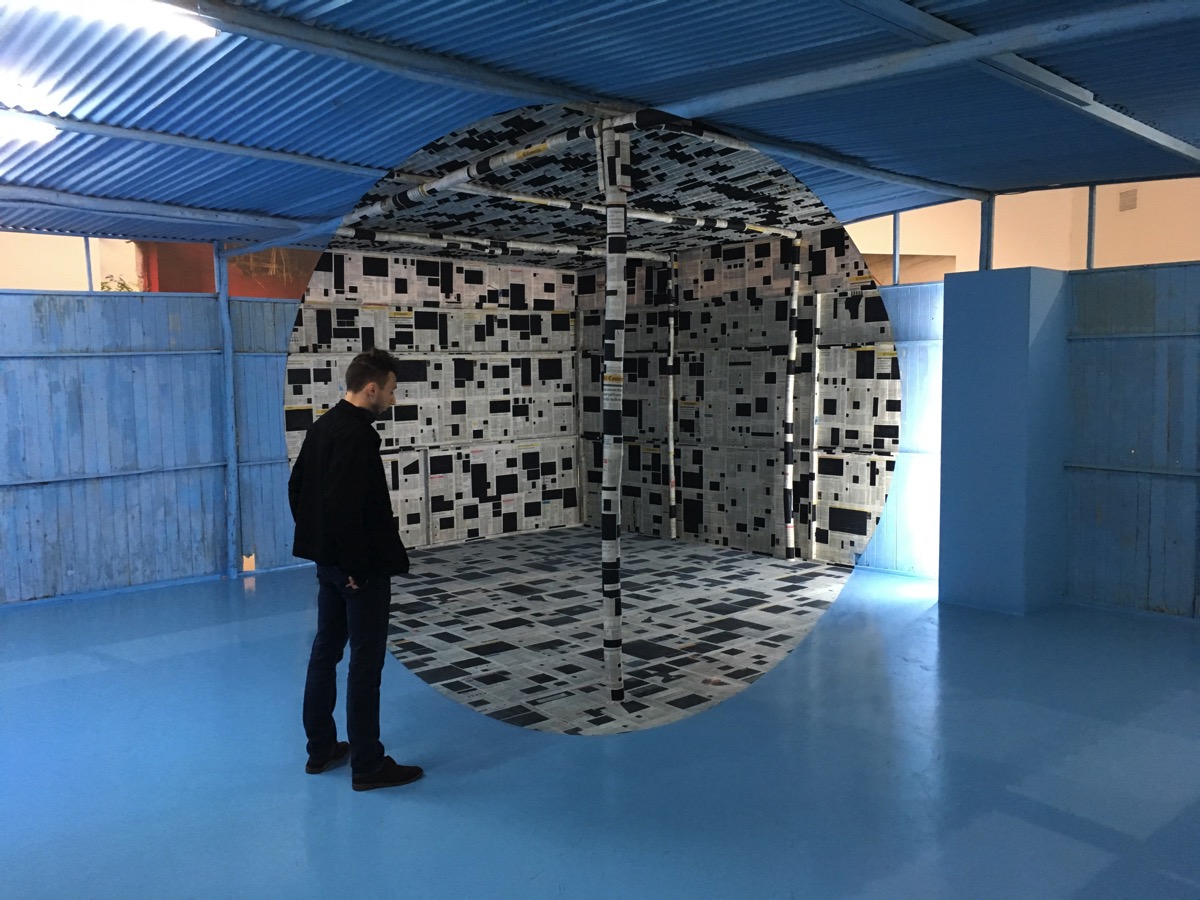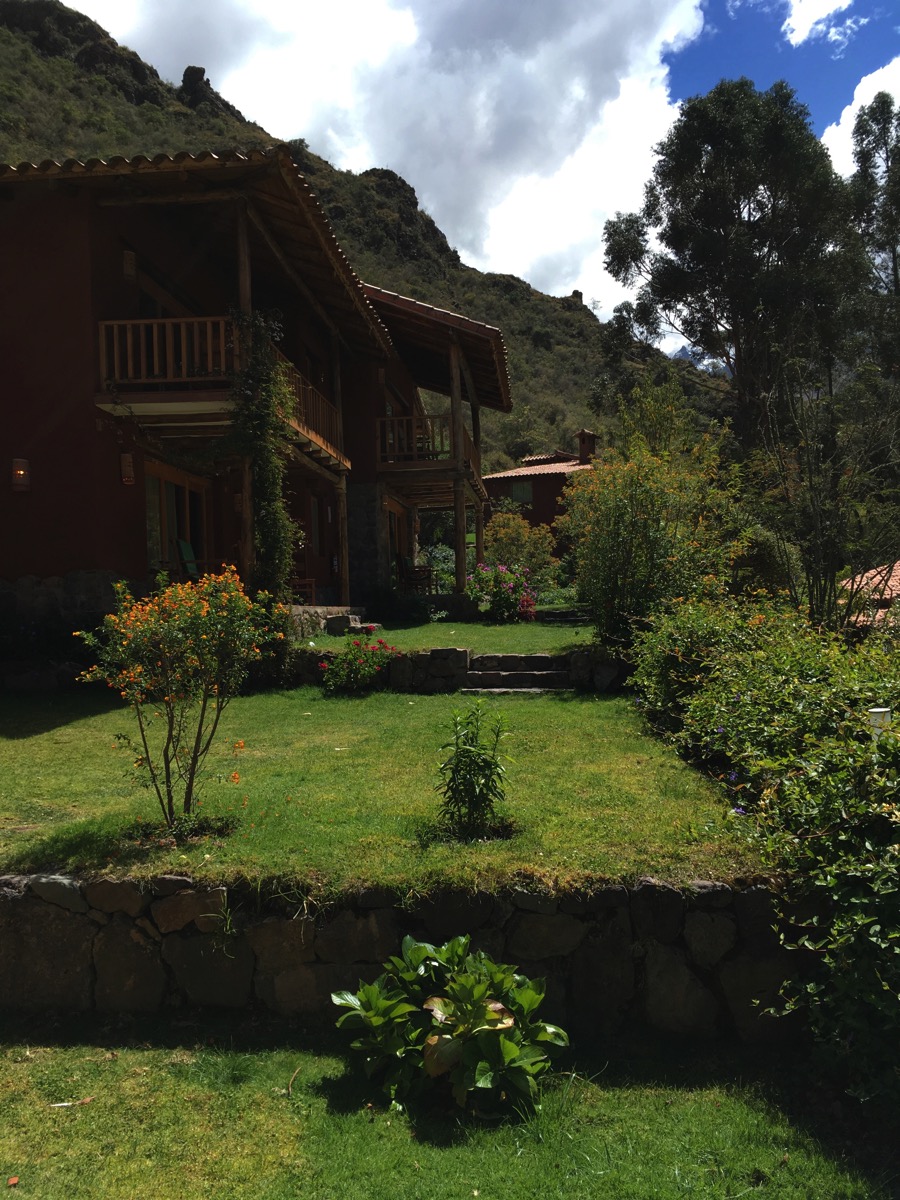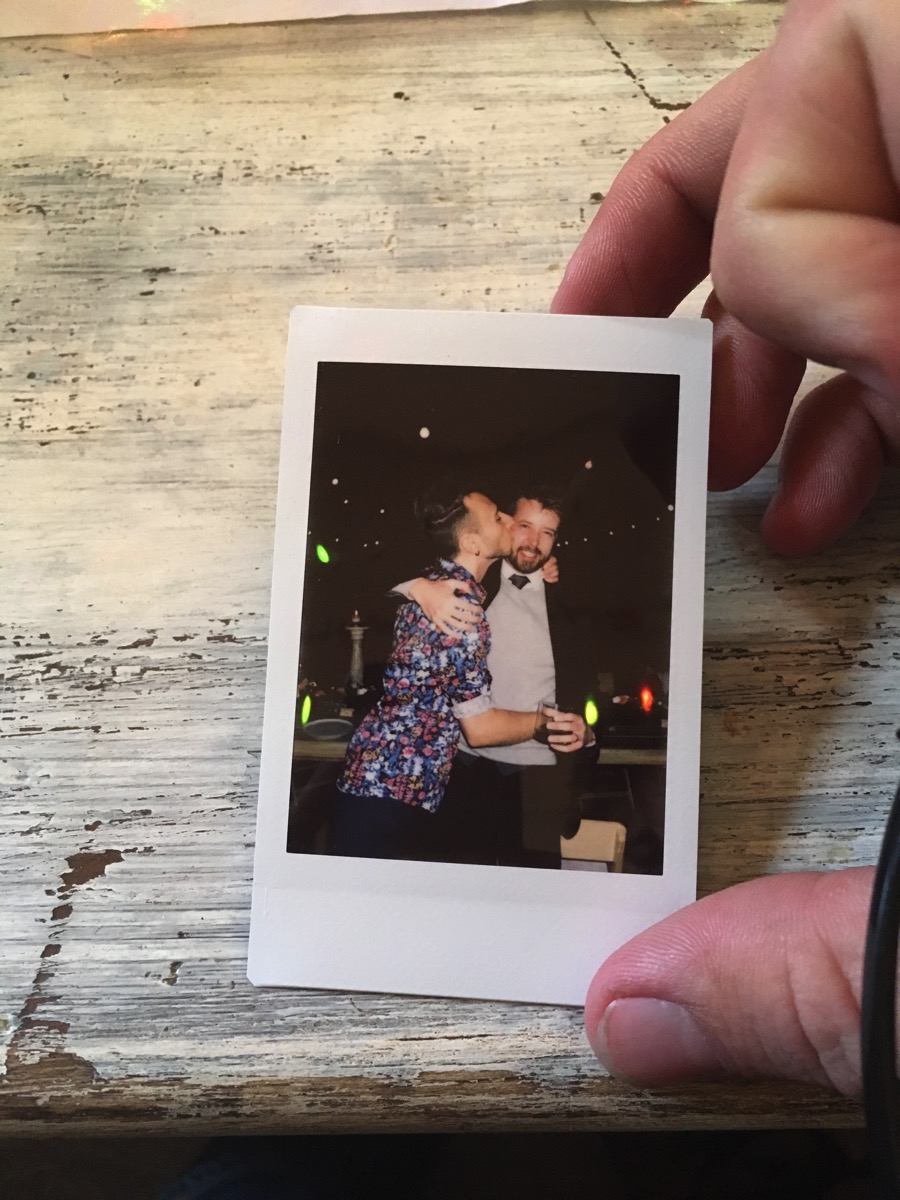(This has been in my drafts folder for a while, but today I saw this article on Techcrunch and I had to post it. If you want to talk or argue about this idea, you can find me on Twitter @warwick or email me at bob@wholepunk.com.)
I love bookstores. The smell of ink and paper. The tall wooden shelves. The slow walk that browsers take on while they survey subjects I never knew existed.
I come from a print family – my grandparents and parents owned print shops. Bookstores always remind me a little of home. So I’m in a position to tell you – we print books for the bookstore… but we print everything else too.
We print business cards, memo pads and calendars. We print college course catalogs, business forms, and direct mail advertising. And no sane bookstore would stock any of it.
But it’s important that it gets printed. Print allows for so many useful things, and almost none of them have any place in a bookstore.
I’ve taken a different course from my family, but really it’s not that different. I don’t own a print shop. I own an app shop. From a little office in the downtown of Victoria, BC, my team and I create software for your phone.
I believe that there are apps that should be in the store. Apps that broadly apply to a mass audience, whether you’re in Victoria or New York. I’ve built a business helping to deliver those. But I also believe that there are many more apps that are the equivalent of business cards, memo pads, and calendars. They’re useful, but useful for maybe a hundred people. I call them small circle apps.
* * *
There are plenty of reasons why you might want an app for a small audience.
I prototyped an app for my wedding last summer. Sure, there are wedding apps out there, but I would have been stuck using their design and their decisions when I wanted to create something that was uniquely special for our wedding day. We ended up not using it, because I had absolutely no faith that we could get it past review. Most things don’t belong in a bookstore.
I have restaurants all around my city that would love to let you order via their app. I’m a regular at several of these kinds of restaurants, but they wouldn’t be able to get an app on my home screen either. They’re just too small, and those apps aren’t useful unless you’re in the small circle of people who live near the restaurant – so the restaurants are stuck going through aggregators instead.
Whether it’s my real-estate agents ‘app business card’, or my kid’s soccer team schedule app, or my apartment building’s ‘announcement’ app – most things just don’t belong in a bookstore.
* * *
The obvious retort is that I can just load up all this stuff in my web browser. I can Google my real estate agent, and I can sign up for email blasts from my apartment building. But the mobile web still sucks after a decade of working hard on it. I want beautiful and smooth UIs, I want maps that pinch to zoom correctly, and I want notifications that show up on my lock screen instead of my email.
I can look up Facebook on Safari too. Or Yelp! Or Instagram. But we don’t deny that those experiences are better as apps. Apple has put an incredible amount of effort into making sure that apps on iOS are incredible to use. Small circle apps will be better experiences than their equivalent websites too.
But they still don’t belong in the App Store. The App Store should be a place that we go to find the apps that have broad appeal. It should be curated. It should be browsable. It should be a bookstore.
* * *
So how the hell do we get small circle apps if they shouldn’t be in the store? Well, luckily Apple has already build all the mechanisms we need.
The only difference between a small circle app and an app in the store is how it’s indexed. Small circle apps wouldn’t show up on any of the browsing lists for the store. They wouldn’t get featured. They wouldn’t show up in search. The only way to find a small circle app would be to already have a direct link.
And once you’ve got that link? I can link directly to an app in the App Store today. The store screen would load right up with screenshots and reviews and a download button.
People who want those apps would be able to get the link easily. It could be sent to them via email, or it could show up on websites using Smart Banners, or people could scan a QR code with iOS 11’s built in scanner. If we had shipped our wedding app as a small circle app, I can guarantee that our invitations would have had an App Store link on them.
And now, with just that little change, suddenly iOS apps aren’t limited to what you can find in the bookstore. You can download an app for your neighbourhood, an app for your favourite restaurant, apps for your kids classroom, and an app for your church.
All without cluttering up my experience of the app store. And I don’t have to clutter yours. When we do want to search for our new social networking app or a cool game, we don’t need to wade through the garbage.
* * *
Let’s say that your name is Tim Cook. You’ve been reading this entry, and you’re getting excited. It turns out that there might be a way to have a beautiful bookstore and your kids soccer schedule, all on the same printing press. What needs to happen next?
- Create a ‘small circle apps’ piece of metadata in iTunes Connect. Developers would opt-in.
- Instruct reviewers that small circle apps don’t need to comply with App Store Review Guidelines 4.2 (and possibly 4.3)
- Update the App Store servers to avoid showing small circle apps in search or browse views.
- Tell the world. We’ll be pretty excited.
I’ve done a lot of thinking about small circle apps. I feel like I have to admit – I’ve got an ulterior motive. For the past couple of years, my dev team has been working on Codeless, which is an iPad app to build apps for the iPhone. It generates real code, and it’s meant to create beautiful and complex apps. The kind of apps that should be in the bookstore.
But you could use it to make small circle apps too. And I wouldn’t mind it at all, as long as it didn’t clutter the store.
* * *
There’s a bold future available for the App Store. It’s the best-case compromise, allowing a smaller and more curated App Store, and a broader more inclusive way of allowing small content creators to delight their audiences.
Not everything belongs in the bookstore. But that doesn’t mean we stop printing the pamphlets, the ads, the notepads, or the business cards. Apps are powerful and full-featured experiences. Apple can make them even better.










